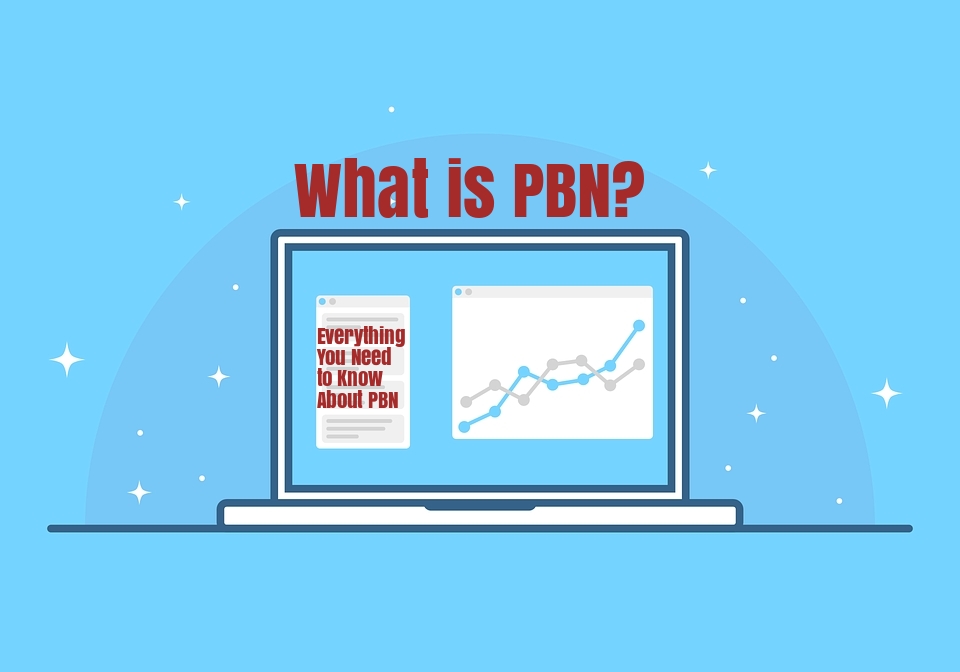Engaging donors and cultivating long-term relationships are vital for the sustainability and growth of any nonprofit organization. These relationships are the backbone of continuous support, enabling organizations to achieve their missions and make a lasting impact. However, engaging donors is more than just securing a one-time donation; it’s about building trust, showing appreciation, and demonstrating the tangible impact of their contributions. By focusing on these aspects, nonprofits can turn one-time donors into lifelong supporters.
Understanding Donor Motivations
To effectively engage donors, it is crucial to understand what motivates them to give. Donors are driven by various factors, including personal values, emotional connections to the cause, and the desire to make a difference. Research shows that storytelling is a powerful tool in connecting with donors on an emotional level. Sharing real-life stories of individuals or communities that have benefited from the organization’s work can create a strong emotional bond, inspiring donors to invest more deeply.
Moreover, transparency and accountability play significant roles in donor engagement. Donors want to know how their contributions are being used and the impact they are making. Providing detailed reports, financial transparency, and regular updates on project outcomes helps build trust and confidence. This transparency reassures donors that their money is being put to good use, encouraging them to continue their support.
Personalized Communication
Personalized communication is another cornerstone of successful donor engagement. Generic messages can feel impersonal and may not resonate with donors. Instead, tailoring communication to address the specific interests and preferences of each donor can significantly enhance their engagement. This could include personalized thank-you notes, updates on projects they have supported, and invitations to exclusive events.
Technology can greatly aid in personalizing donor communication. Utilizing donor management software, nonprofits can track donor preferences, donation history, and interactions. This data can then be used to craft personalized messages that speak directly to the donor’s interests and past contributions. Such targeted communication not only makes donors feel valued, but also strengthens their connection to the cause.

Building Community and Involvement
Creating a sense of community among donors can further enhance their engagement. Donors who feel part of a larger community are more likely to remain committed and involved. Organizing events, such as donor appreciation dinners, volunteer opportunities, and interactive webinars, can help build this sense of community. These events provide donors with the opportunity to see firsthand the impact of their contributions, meet other supporters, and feel a stronger connection to the organization’s mission.
Additionally, involving donors in the decision-making process can foster a deeper sense of ownership and loyalty. This can be achieved by inviting them to join advisory boards, participate in focus groups, or provide feedback on new initiatives. When donors feel that their opinions and contributions are valued, they are more likely to stay engaged and committed to the organization’s success.
Conclusion
Engaging donors and building long-term relationships require a strategic approach that combines understanding donor motivations, personalized communication, and fostering a sense of community. By prioritizing these elements, nonprofits can cultivate a loyal donor base that provides continuous support and drives the organization’s mission forward. Through trust, transparency, and meaningful connections, nonprofits can turn donors into lifelong advocates, ensuring their cause thrives for years to come.



